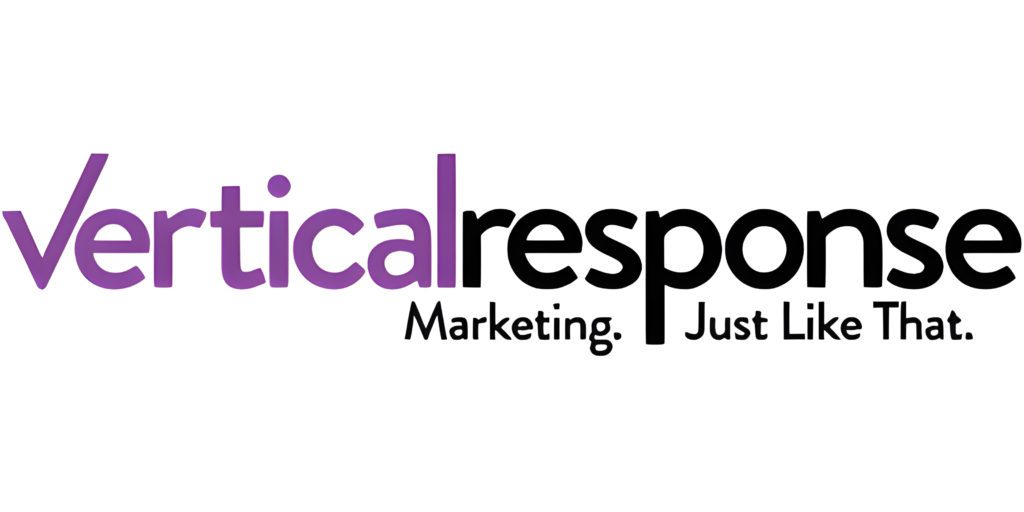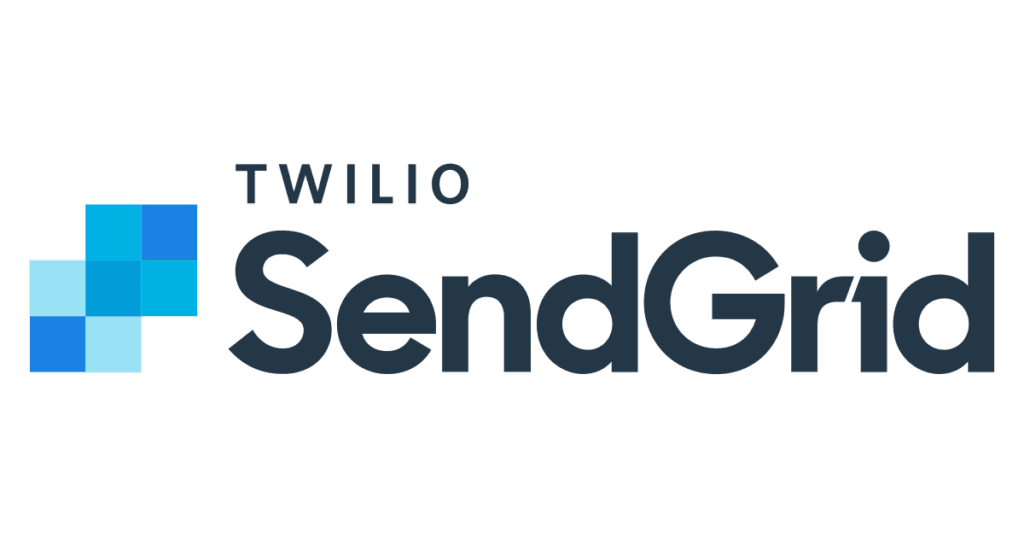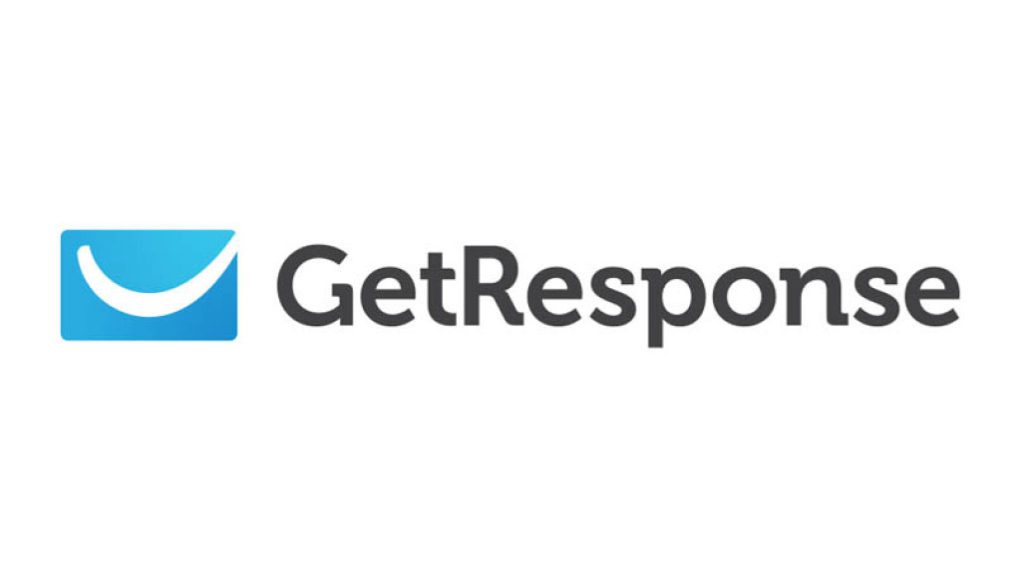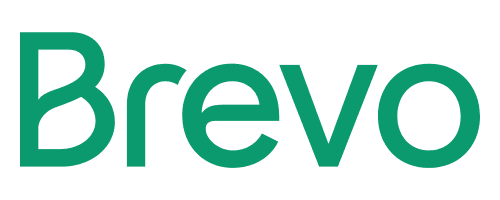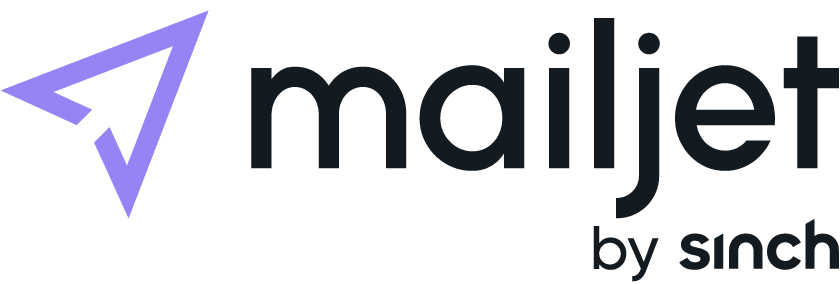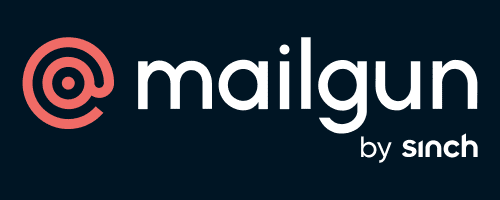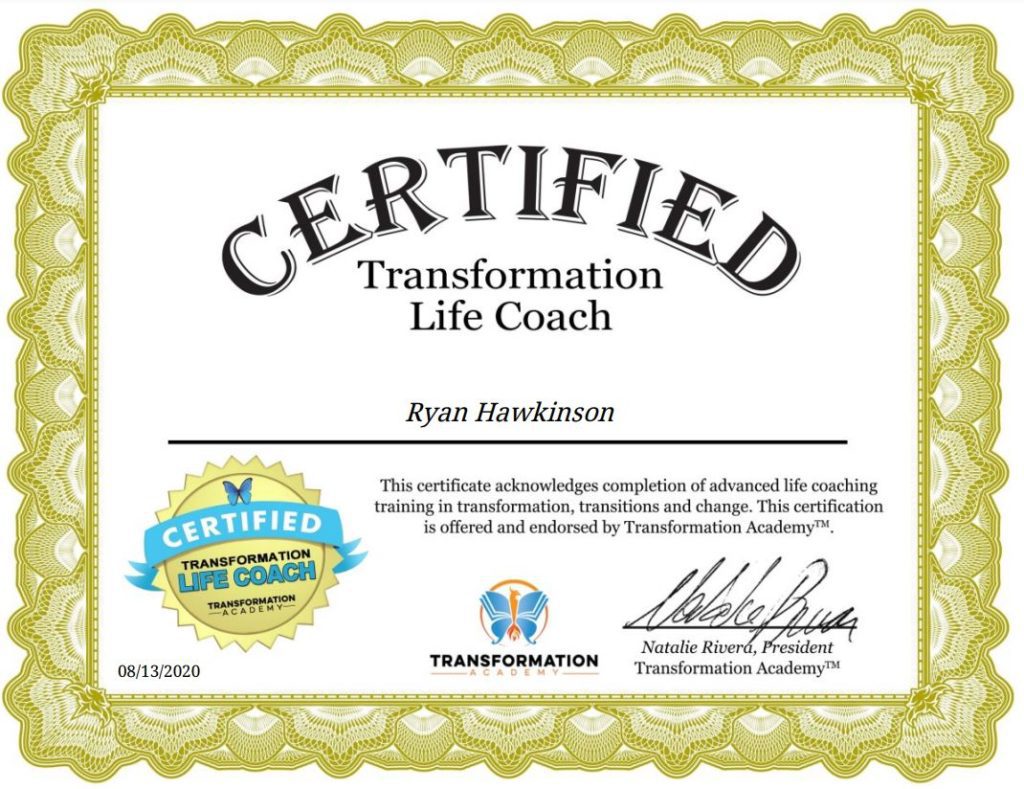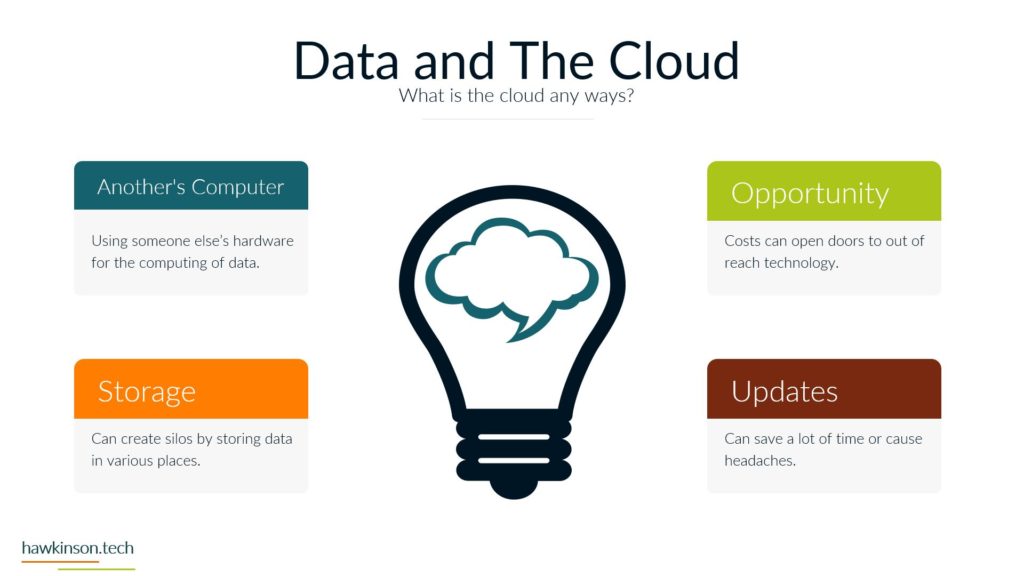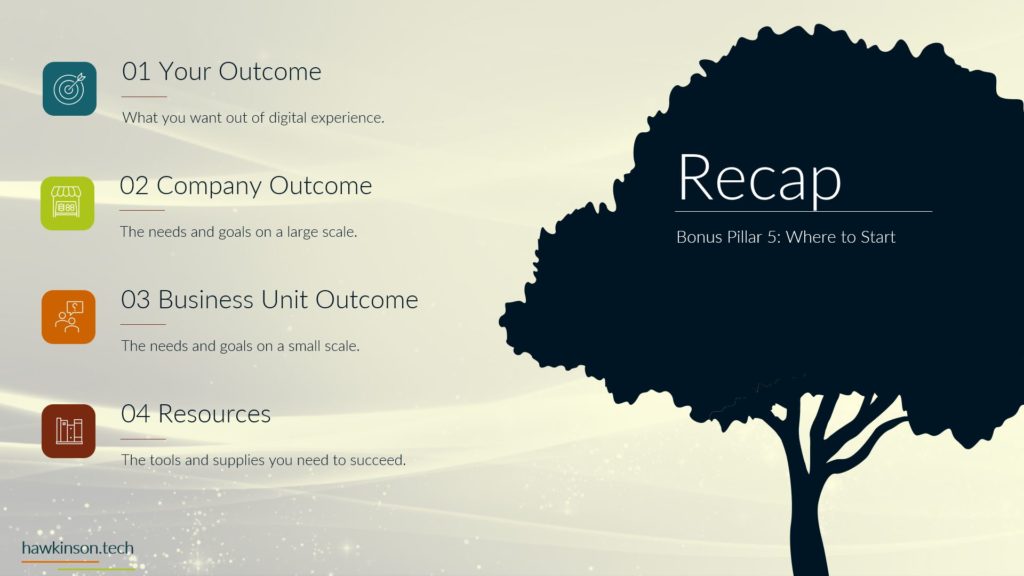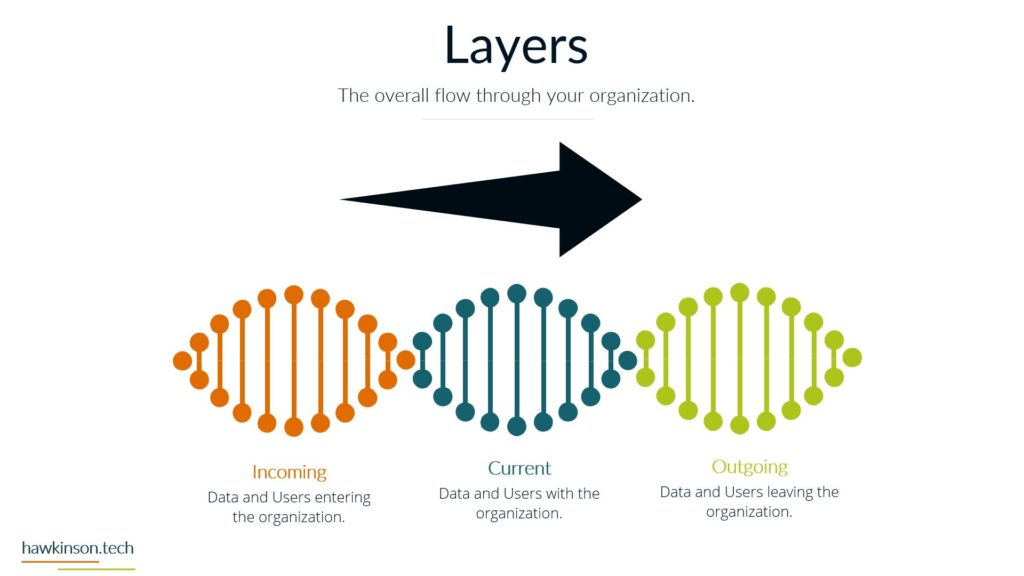Introduction: The Pivotal Role of Stakeholder Perspectives in Shaping Digital Experience
As we usher in an era of unprecedented digital growth, understanding the dynamics of stakeholder perspectives becomes vital. From their concerns and skills to their resources, desires, and networks, stakeholders’ viewpoints significantly shape the landscape of digital experiences. To foster meaningful and effective relationships, comprehending these perspectives is key. In this article, we’ll dive deep into the six factors that define stakeholder perspectives and why they matter in designing top-notch digital experiences.
Concerns – Navigating the Terrain of Stakeholder Worries
Every internal or external stakeholder carries unique concerns that dictate their engagement level with an organization. Identifying these worries allows for strategically developing measures that cater to stakeholders’ needs, thereby creating positive digital experiences. Businesses can fine-tune their market offers by addressing stakeholder concerns, enhancing internal processes, and cementing stakeholder satisfaction.
Skills – Maximizing the Potential of Stakeholder Capabilities
A stakeholder’s skill set significantly impacts their experience in a digital environment. Stakeholders bring various skills and expertise, and their technological savviness could make or break their experience. To design successful digital interactions, organizations must ensure their business processes align with stakeholder capabilities, facilitating a seamless user experience.
Background – Capitalizing on Stakeholder Experiential Knowledge
The background of a stakeholder, which includes their professional history, industry experience, and education, plays an influential role in their perspectives. Organizations can leverage this experiential knowledge by aligning digital experiences with stakeholders’ past exposures, creating a sense of familiarity and comprehension that fosters positive digital engagement.
Resources – Equipping Stakeholders for Success
Adequate resources are the backbone of stakeholder success. To achieve their goals, stakeholders need access to the necessary tools, supplies, and support systems. Businesses that fail to provide these essential resources risk compromising stakeholder engagement and not meeting expectations. Hence, equipping stakeholders with proper resources is a strategic move to empower them to excel in the digital realm.
Desires – Catering to Stakeholder Expectations
Understanding what stakeholders want is paramount in tailoring digital experiences that hit the mark. Aligning organizational processes with stakeholders’ desires paves the way for resonating experiences and generates positive outcomes. This careful consideration of stakeholder desires aids in building stronger relationships and achieving mutual satisfaction.
Network – Utilizing Networks to Influence Stakeholder Perspectives
Lastly, the network a stakeholder belongs to influences their viewpoints and approach to problem-solving. These networks, filled with professional relationships and connections, shape stakeholders’ perceptions and decision-making abilities. Recognizing the value of these networks allows organizations to foster positive relations within them, enhancing digital experiences and creating a favorable environment for collaboration and growth.
In conclusion, to successfully navigate the intricate world of digital experiences, organizations must learn to view the world through their stakeholders’ eyes. By understanding and addressing stakeholders’ concerns, skills, backgrounds, resources, desires, and networks, businesses can craft digital experiences that resonate, satisfy, and foster lasting relationships.











